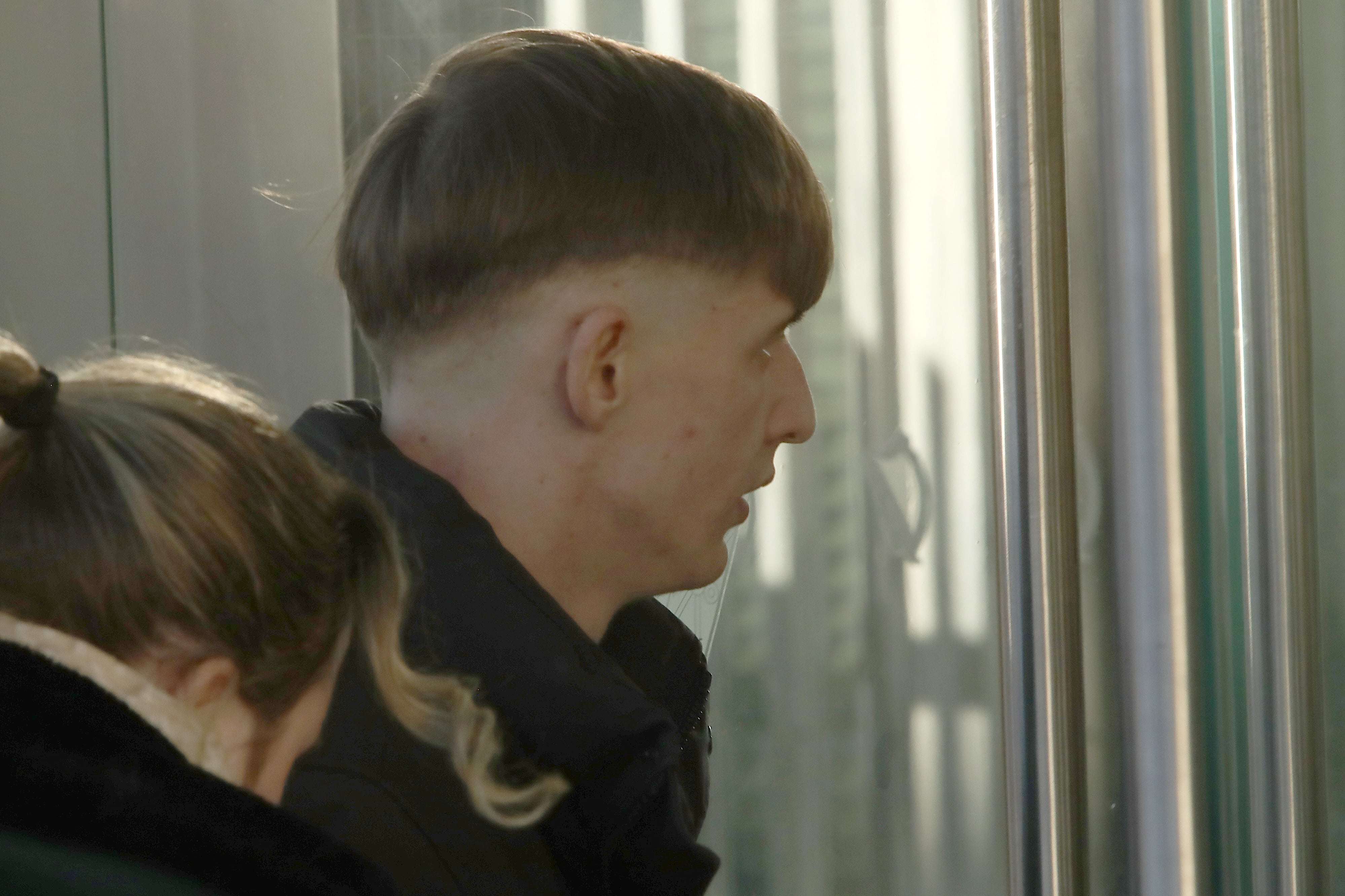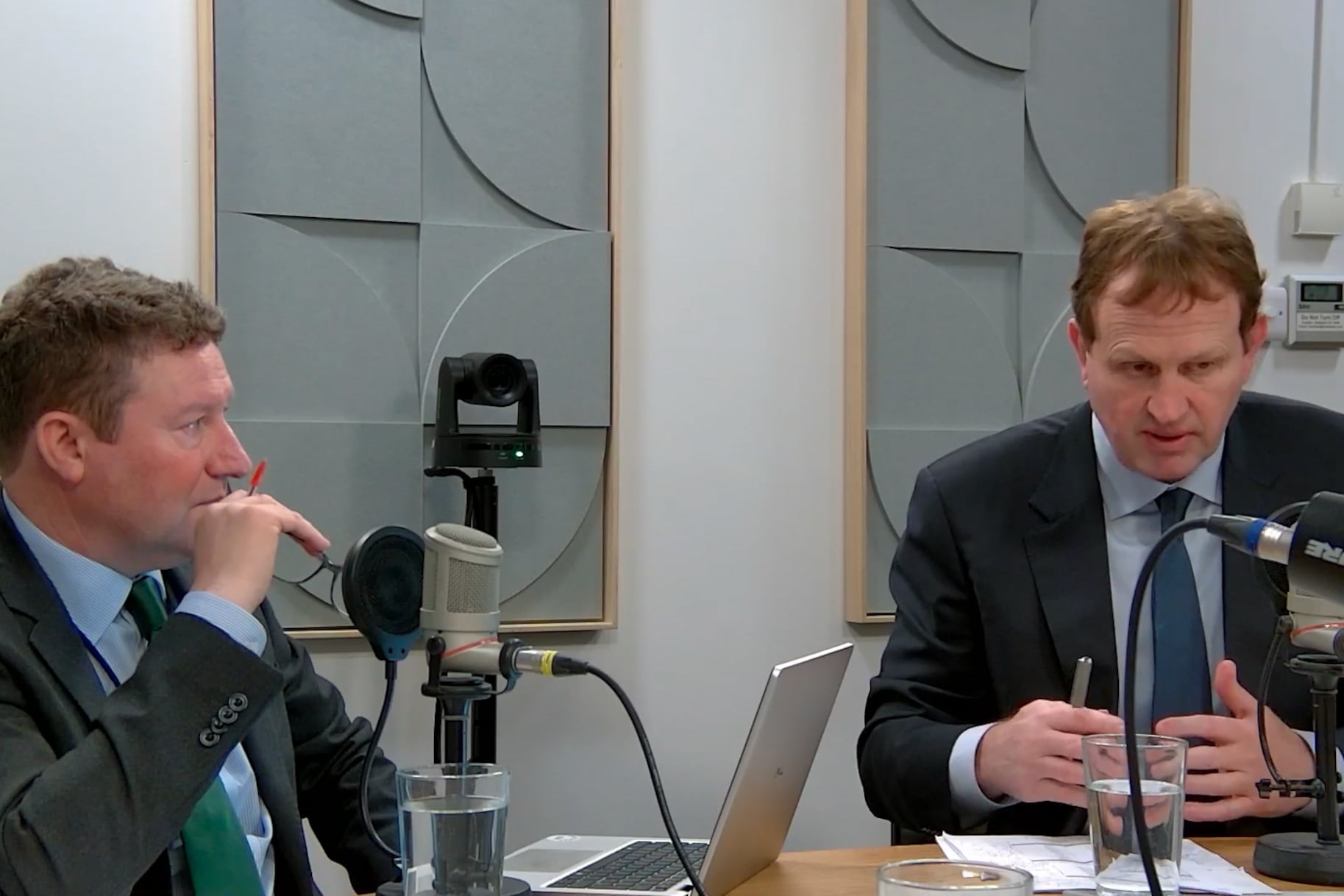Sinn Féin health spokesman David Cullinane told the Dáil last Thursday about a nurse who had retrained as a paramedic but now cannot get a job in the health service because of recruitment restrictions. He also spoke about a young pharmacist who also could not be hired due to a current embargo.
At a time when people were seeking to contribute to the health service, the Waterford TD argued there were thousands of patients waiting for treatment due to staff shortages.
“There are a range of posts that need to be filled … such as radiologist and radiation therapy posts, none of which can be filled,” he said. “There are also many vacancies in mental healthcare … but again the embargo is presenting a challenge there. Approximately 100,000 children are in need of dental screening and, again, they cannot get their appointments because of a lack of staff.”
Minister for Health Stephen Donnelly seemed extremely frustrated at the whole issue. At a time of the highest health budgets ever, and with nearly 30,000 more healthcare staff in place than when the Coalition came to office in 2020, there is another row over staffing restrictions, akin to the austerity era more than a decade ago.
READ MORE
Donnelly argued that there were nearly 10,000 more nurses and midwives employed than when he came to office. But when nurses meet at their annual conference this week there is likely to be strong criticism of recruitment restrictions and the impact this is having on patient services.
The Minister has sanctioned more than 1,800 new posts for this year. But the filling of many replacement positions is being affected by what has been described as a “standoff” between his department and the Health Service Executive — largely dating back to the impact of last year’s recruitment levels.
Donnelly said “a record number of funded posts”, about 6,000, were created last year. However, he maintained the HSE went well beyond this and ultimately recruited more than 8,000 people. He said this “left more than 2,000 posts that had been either hired or committed to for which there was no funding”.
The Minister contended that “the central controls within the HSE failed”. The Health Service Executive, for its part, seems bruised by the criticism.
It is understood that early last year the department was encouraging the HSE to accelerate recruitment and that when staffing requirements from all various health service plans over recent years were taken into account, about 13,300 additional personnel would be needed.
Last autumn, it is understood, the department formally sought to put a cap of about 6,000 on the number of new posts for the year — an amount the Health Service Executive believed in its 2023 service plan was the limit the labour market could supply.
But some in the health service maintain that “momentum” from the recruitment drives earlier in the year ultimately meant that considerably more people were taken on. Following the controversy, the HSE is said to have decided that for this year there would be no vagueness.
With some exceptions it would not fill replacement posts or others outside those earmarked for new developments until the Minister approved a full employment top line number. This is set out in an annual document known as the pay and numbers strategy.
This has not yet been agreed amid ongoing discussions between the Department of Health and HSE — and presumably the Department of Public Expenditure — about what to do about the 2,000 posts filled last year without official funding. In the absence of any agreement, it is understood that an options paper has been given to the three Coalition party leaders.
The number of health and social care staff has risen by 24 per cent in the lifetime of the current administration. But, at the same time, the Health Service Executive cannot just take on significant numbers without funding or authorisation.
Ministers will now likely have to decide whether to retrospectively fund the 2,000 additional posts from last year or whether a recruitment freeze should continue until the HSE’s officially authorised workforce level catches up with the numbers actually employed on the ground. There could also be a middle ground of a phased return to recruitment.
In the meantime, the trade unions will continue to criticise a recruitment embargo and skilled healthcare professionals, such as those highlighted by Cullinane last week, will continue to wait to be taken on.
- Sign up for push alerts and have the best news, analysis and comment delivered directly to your phone
- Find The Irish Times on WhatsApp and stay up to date
- Listen to our Inside Politics podcast for the best political chat and analysis












